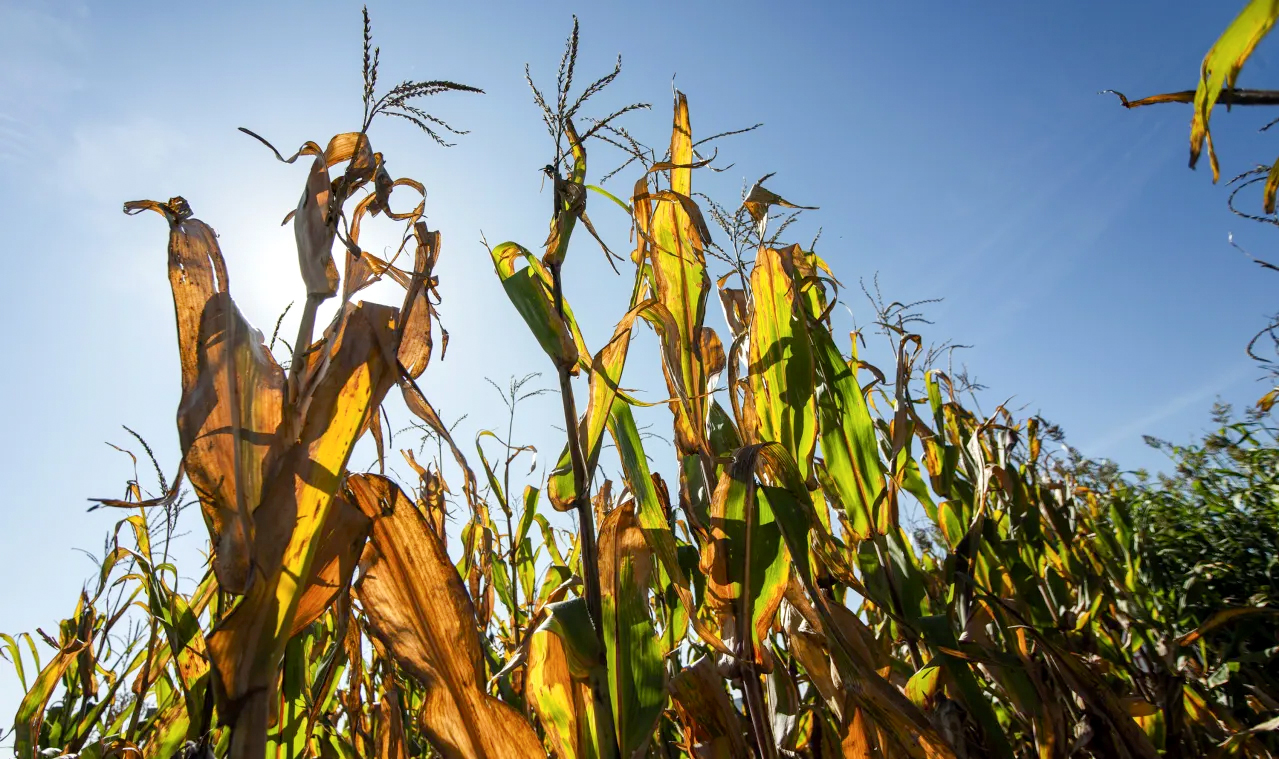After last summer’s blistering El Niño event scorched the staple maize and other crops across southern Africa, leaving tens of millions in need of food aid, there were high hopes that La Niña would have formed by now, unleashing a season of good rains on the parched landscape.
Such hopes are increasingly becoming high and dry.
El Niño typically brings drought to southern Africa – and the last one lived up to its withering reputation – while La Niña usually opens up the heavens over the veld. But after initial expectations that the latter would form as early as July, international forecasters have been pushing the timeline out further and downscaling predictions about its strength.
The Australian Bureau of Meteorology on Tuesday issued the latest and most pessimistic report yet on the fading prospects of La Niña forming in 2024, raising the spectre of another poor season for summer grain crops in southern Africa.
“... the chance of a La Niña event developing in the coming months has decreased compared to recent outlooks,” the bureau said in a bi-weekly outlook report.
“If a La Niña were to develop, it is likely to be relatively weak and short-lived, with all models forecasting neutral values by February.”
This global weather dance is known as the El Niño-Southern Oscillation (ENSO) and it is currently in its neutral phase.
Read more: Explainer — El Niño’s impact and what to expect from La Niña
So, what the Aussies are saying is that if La Niña does form, it won’t shoot the lights out and it will be all over by February.
Other global forecasters have also been whittling down La Niña expectations.
A US government forecaster said last week it had “... lowered the chances of La Niña” and said if it did form it was expected to persist until March.
La Niña is triggered by a cooling of surface temperatures in the tropical regions of the eastern Pacific, while a warming of those waters gives rise to El Niño.
A weak La Niña or a summer in the neutral zone does not necessarily mean that this region will suffer another drought.
The current long-range forecast from the South African Weather Service is for wet conditions over the interior of the country in the early and mid-summer season, while the outlook for Limpopo, Mpumalanga and northern KZN is worryingly dry.
Read more: Hot summer forecast for SA extended to February, outlook remains dry for northeast
But across the length and breadth of the land, the summer is seen to be warmer than usual, and the rains of La Niña would be most welcome in South Africa and neighbouring countries after the path of misery blazed by El Niño.
The UN World Food Programme estimates that 27 million people in the region are food insecure across seven countries, but says the region is struggling to get on the radar screen of donors, Bloomberg reported last week.
In August, the Famine Early Warning Systems Network (Fews Net) said hunger and the need for food had reached unprecedented levels in southern Africa in El Niño’s wake. It estimated that more than 30 million people, mostly in Zimbabwe, Zambia and Malawi, would be in need of food aid up until March 2025.
Read more: Loaded for Bear: Hunger in southern Africa reaches historic levels in El Niño’s wake
South Africa is in better shape, but its commercial farmers have also felt the pain with negative implications for food inflation.
In its latest forecast, the Crop Estimates Committee revised its forecast for South Africa’s 2023/24 maize crop down by 2% from its previous outlook. The domestic maize harvest is now seen as 22% lower than the previous season’s bumper crop.
South Africa still has enough maize for its own consumption and estimates suggest it could export around 1.9 million tonnes in the 2024-25 marketing year. However, the regional need is huge.
Average rainfall this summer would still be a help, but a drencher is needed to restore moisture and dam levels against the backdrop of expected above-normal temperatures.
Forecasts of a strong La Niña a few months ago were promising, but that it seems has now proven to have been a mirage. DM
https://www.youtube.com/watch?v=REeWvTRUpMk
This article is more than a year old
Africa
The chances of La Niña forming are fading, Australian weather service says
The Australian Bureau of Meteorology has issued the latest and most pessimistic report yet on the fading prospects of La Niña forming in 2024, raising the spectre of another poor season for summer grain crops including the staple maize in southern Africa.





